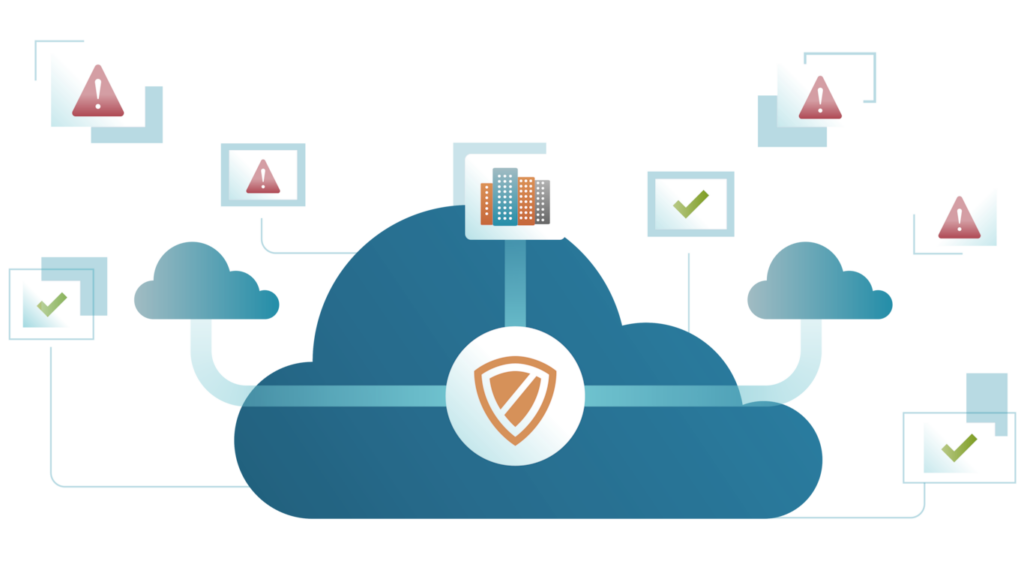The risks and vulnerabilities that can expose company data leading to financial loss are growing along with using web apps. Monitor the security infrastructure of the web app with our web application firewall and maintain peak performance without worrying about any cyber threat.
What is a Web Application Firewall (WAF)?
A web application firewall (WAF) monitors, filters and blocks data packets as they travel to and from a website or web application. A WAF can be either network-based, host-based or cloud-based and is often deployed through a reverse proxy and placed in front of one or more websites or applications. Running as a network appliance, server plugin or cloud service, the WAF inspects each packet and uses a rule base to analyze layer seven web application logic and filter out potentially harmful traffic that can facilitate web exploits.
WAFs are handy to companies that provide products or services over the internet, such as e-commerce shopping, online banking and other interactions between customers or business partners.

